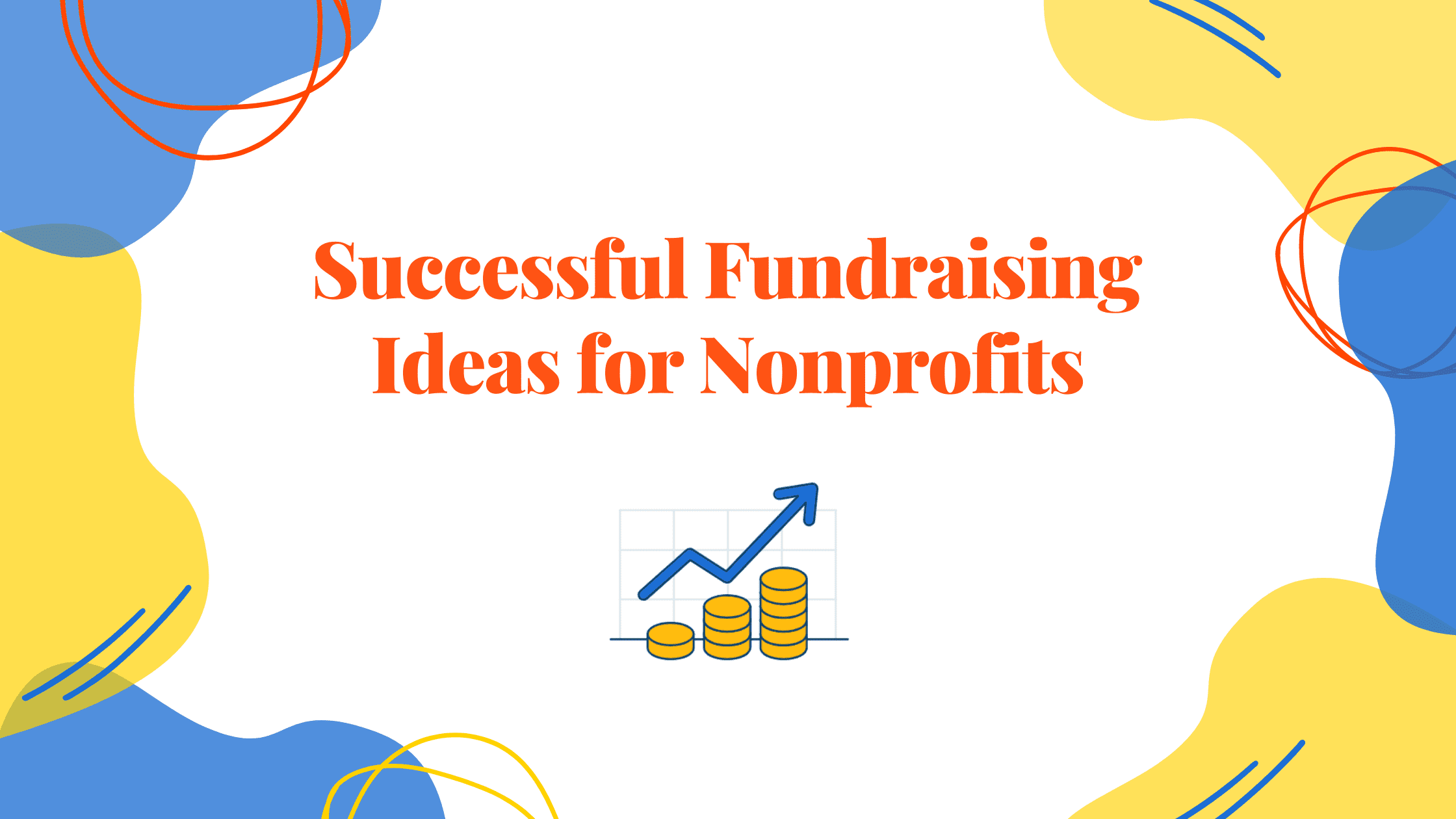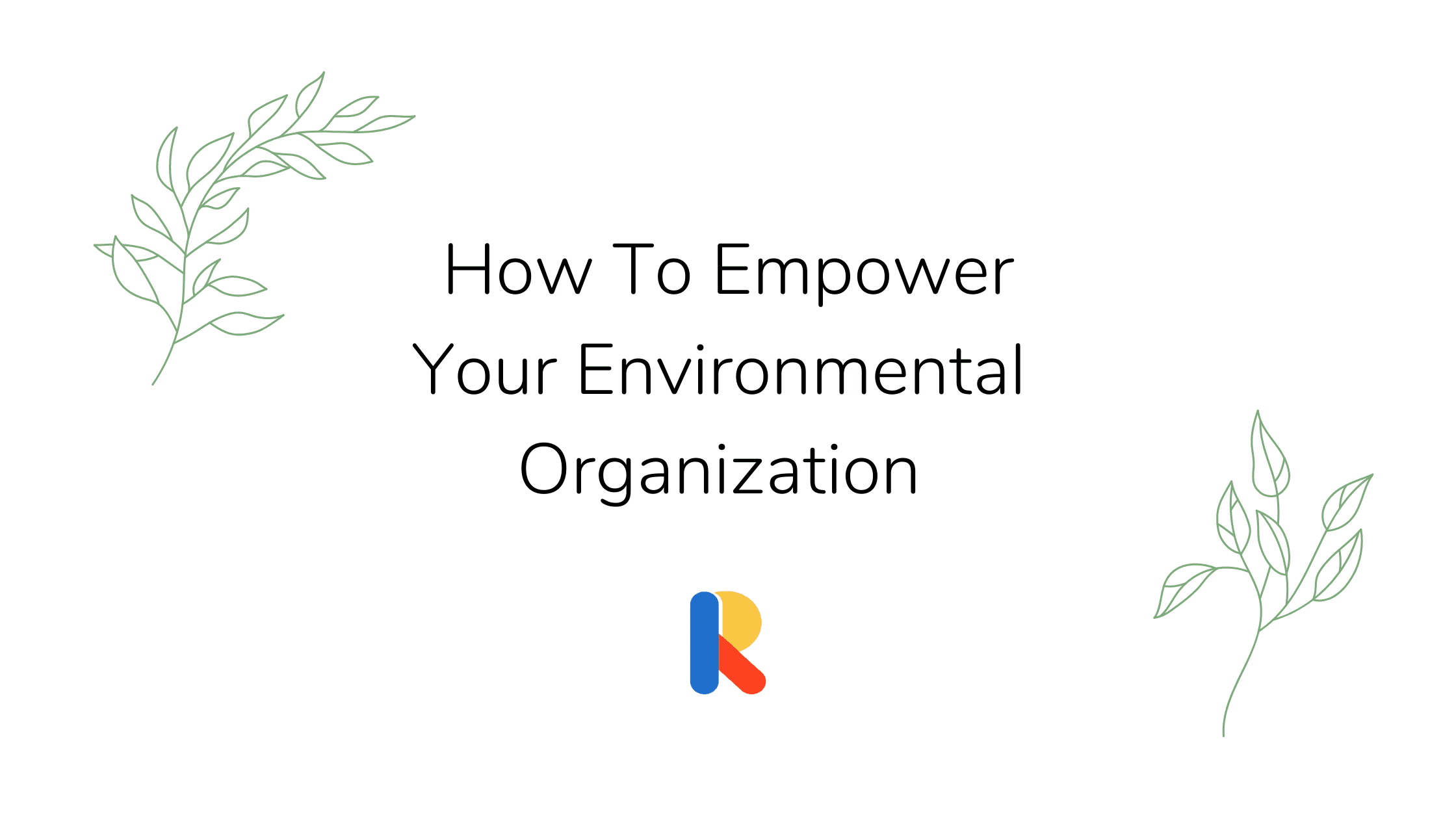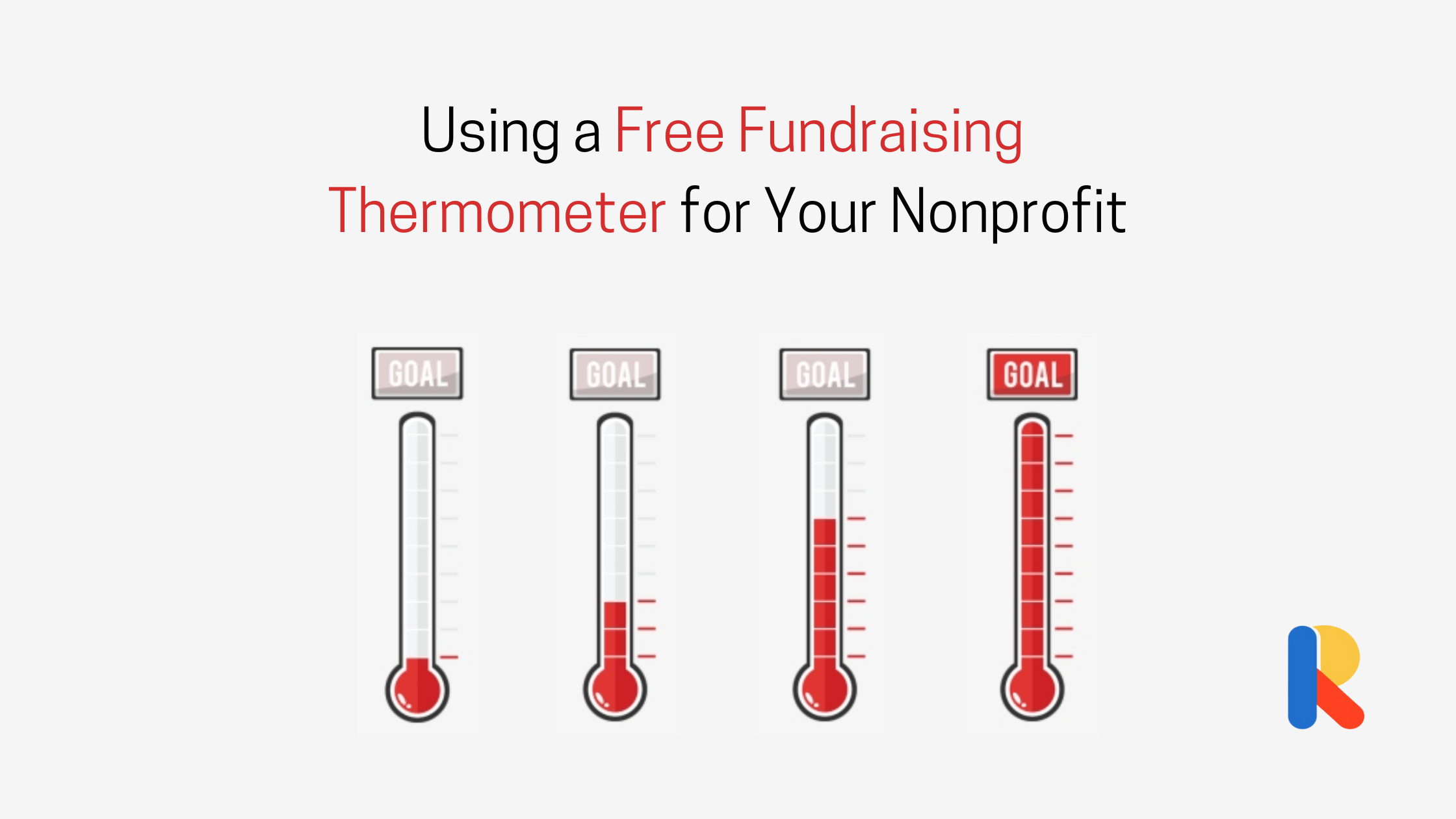Nonprofit organizations can be categorized as different types as 501(c)(3) entities. Depending on their type, area of interest, and size, nonprofits may choose to have different operating systems and organizational structures. Let’s see the details of nonprofit 501(c)(3) organizations, and if they can have members of their own.

What is a Nonprofit 501(c)(3) Organization?
A 501(c)(3) is a tax exemption status and organizations that operate as 501(c)(3) entities are charitable organizations. This type of organization can have varying focus areas from small religious groups to educational clubs. The type and organizational structure of the nonprofit may also vary, and these types are explained in more detail below.
The Differences Between a 501(c)(3) & Other Non-Profit Organizations
A nonprofit organization is a group dedicated to a purpose other than making individuals wealthy. Your organization must not distribute any of the profits it makes through membership dues, donations, or commercial ventures to its founders, shareholders, or contributors in order to be considered a nonprofit. Although you can pay your staff, the majority of the money benefits society or a certain group within it.
Nonprofit organizations make up all charities. Nonprofit organizations frequently aren’t charities. 501(c)3 tax-exempt status is granted to organizations of all stripes. The money that 501(c)3 NGOs raise via donations is tax-free, and contributors can deduct contributions from their taxes. The traditional notion of aiding the impoverished and downtrodden is one of the 501(c)3 organization’s charitable aims. Building or preserving monuments and public works, reducing the responsibilities of government, combating prejudice and discrimination, upholding human rights, and combating juvenile delinquency are also among them.
What are the Types of Nonprofit 501(c)(3) Organizations?
Let’s analyze the three main types of 501(c)(3) nonprofit organizations and see how they differ from each other:
1- Public charities
Public charities may accept donations that are tax-deductible. The majority of their funding comes from donations and fundraisers. Individuals are able to donate up to 50% of their income and for corporations, the rate is up to 10% of the organization’s revenue. For example, religious institutions and educational organizations are public charities under 501(c)(3).

2- Private foundations
Private foundations, or non-operating foundations, are mostly funded by the own money of an individual, a family, or a small group of donors. There are not any active programs, and the rules for donations include donating up to 30% of their income without taxes. Family foundations are examples of private foundations operating under 501(c)(3).
3- Private operating foundation
Private operating foundations differ from private foundations in the aspect that they run active programs similar to those of public charities. They are a combination of private foundations and public charities, and their regulation is similar to private foundations.
Can Non-Profits 501(c)(3) OrganizationS Have Members?
Yes, nonprofit 501(c)(3) organizations can choose to have members. Firstly, a nonprofit organization must have a board of directors to take decisions and manage the organization itself or hire employees to run the management tasks. However, nonprofit organizations do not have any stakeholders or owners. So, the decision to have members is totally optional, but becoming a member does not mean becoming an owner since this concept does not exist in nonprofits. In the case of a membership system, members usually hold the right to vote on board members, sales, and similar major decisions.

How Long Does It Take to Get a 501(c)(3) Determination Letter?
It may take 3 to 6 months to get a determination letter confirming approval after submitting an application for 501(c)(3) status with the IRS. The length of time you may anticipate depends on the size of the procedure; some of the biggest operations have been known to take a full year.
Steps to Starting a 501(c)(3) (2023 Guide)
You’ve learned what a Nonprofit 501(c)(3) Organization is and its types. Now, we’ll now go through all the stages involved in establishing a 501(c)(3) nonprofit:
Make a decision on the type of nonprofit you want to start and write your purpose statement.
You must choose the sort of nonprofit organization you want before you can create your 501(c)(3) nonprofit. The purpose statement of a nonprofit explains why the organization is required to exist. It is a requirement for a nonprofit’s tax-exempt status and you can outline it in the organization’s bylaws. Additionally, it provides a statement for organizational leaders to follow while they carry out their responsibilities as well as a guide for those who assist in achieving the organization’s goals, such as volunteers, funders, and partners.
Submit a 501(c)(3) Tax Exemption Request
Every new 501(c)(3) organization must submit Form 1023, which serves as an application for tax exemption. Before moving on with this stage, ask a tax attorney if you’re unclear as to whether your entity satisfies the requirements of section 501(c)(3).
On its website, the IRS provides comprehensive instructions for completing Form 1023 and submitting it online via its Exempt Organizations Select Check computerized system. You can submit both forms in physical copy by mail as well as electronically. Due to postal mail delivery periods, this might, however, add several weeks to the processing time for your application.
Prepare and submit your paperwork for incorporation.
It’s not necessary to start soliciting donations in your state just because you have received a letter confirming your federal tax-exempt status. Before taking donations from locals, you’ll probably need to register with each state where you raise money for this. All states, with the exception of a few, need some kind of registration.
Each state has its own registration procedures and paperwork for donation solicitation. Get in touch with the registration-related government office in your state. Many states also need a copy of the IRS Form 990 to be attached when completing forms related to charity soliciting registration, which are frequently required to be completed annually.
Declare your bylaws.
The organization’s operations are governed by its bylaws, which also specify the organization’s structure, meeting protocols, election procedures, voting rights, and other organizational principles. When necessary, you should also include clauses allowing for bylaw modifications. These revisions must be approved by a majority vote at any regular or special meeting of members convened for that purpose, and a 15-day written notice must be issued prior to the meeting outlining the proposed changes.
That’s all!

Now that you know about the types of nonprofit 501(c)(3) organizations and their organizational structures, it is time to effectively manage your own! If you choose to have a membership structure for your nonprofit, you can see Raklet’s features in detail, and select the suitable ones for your needs. You can also book a free demo to learn more about our features in one-to-one calls!
If you would like to read more about nonprofit organizations, check out other related articles from our blog:






